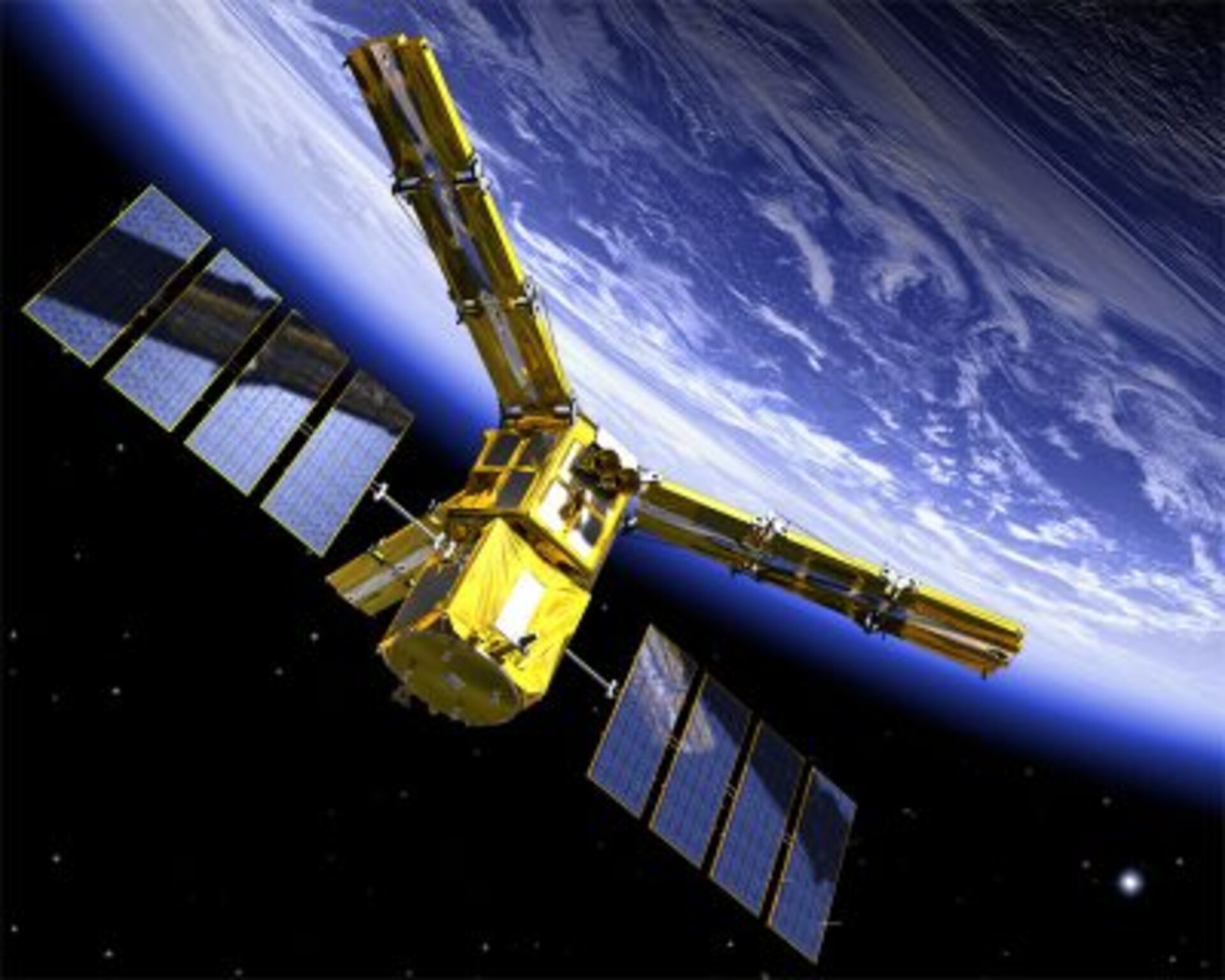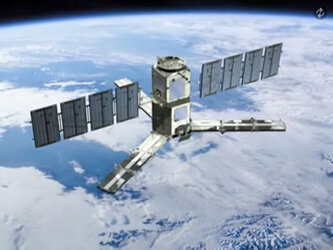SMOS approved to move into next phase of development
An important milestone for ESA’s Soil Moisture and Ocean Salinity (SMOS) mission has just been reached with the announcement that the mission has been approved to move into the next phase of development. On the 24 September the ESA Programme Board for Earth Observation met in Paris and unanimously approved the ‘full implementation’ of SMOS. This decision means that the SMOS payload called MIRAS, which is an innovative Microwave Imaging Radiometer using Aperture Synthesis, can now move from its design phase (Phase B) towards being built and tested (Phase C/D) and then eventually launched.
SMOS is the second Earth Explorer Opportunity mission in ESA’s Living Planet Programme, as well as being a joint project between ESA and the Centre National d’Etudes Spatiales (CNES) in France and the Centro para el Desarrollo Tecnológico Industrial (CDTI) in Spain. The aim of the mission is to advance the development of climatological, meteorological and hydrological models by observing two key variables of the Earth System, namely soil moisture over land and salinity over oceans. In addition, the mission will provide new insights into the structure of ice and snow, thereby helping to advance our understanding of the cryosphere. SMOS is scheduled for launch in early 2007.

The SMOS mission is adopting a completely new approach in the field of remote sensing in that a novel instrument (MIRAS) has been designed as a two-dimensional interferometer, which acquires brightness temperatures at L-band (1.4 GHz). Therefore, not only will this mission contribute to our understanding of the climate but it will also demonstrate new technologies. The instrument will be carried on the generic Proteus platform developed by CNES.

During the last year the instrument design has undergone stringent testing and now with the approval from the Programme Board, Phase B (preliminary design) has been completed successfully. The next milestone for the mission will be the Preliminary Design Review for the payload, which will be held in November this year. The generic satellite platform and the data processing ground segment both require shorter construction and verification phases and will thus enter in Phase C/D in early 2004.





